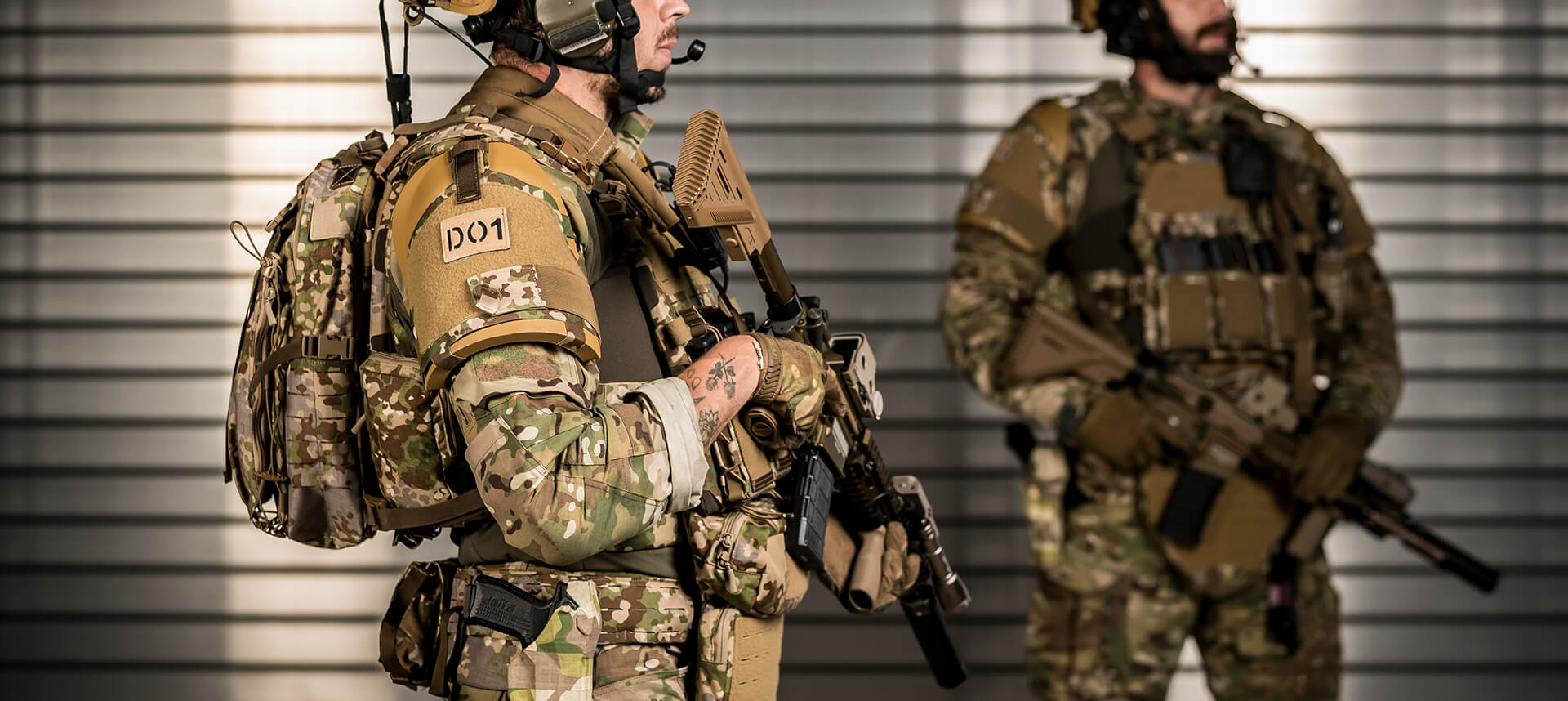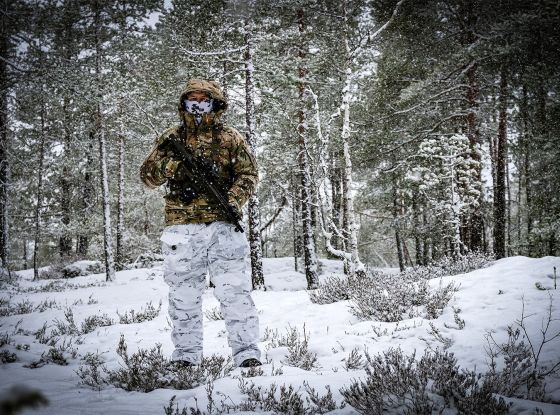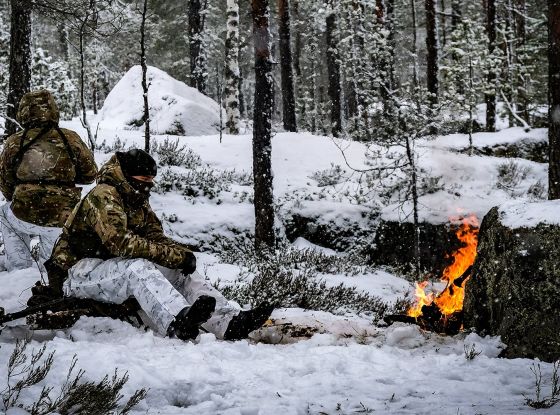Protection is the name of the game in the dynamic world of tactical operations. That’s why it’s of paramount importance that operators—whether in law enforcement or a specialized military unit—be able to have faith in the equipment that shields them from harm. The foundations of that faith are ballistic testing and comprehensive threat assessments. Let’s look at how these two work hand-in-hand to help keep our frontline heroes safe.
In this blog post:
The necessity of threat assessment
Training manuals and training videos are valuable tools, but they can’t prepare you for every challenge that a real-life operation might conceivably toss your way. That, of course, is because actual operations take place not in a controlled environment (as do training videos) but in non-controlled environments filled with unpredictability.
For operators, unpredictability equals risk. To provide a clear understanding of the risks involved in any situation, operators rely on threat assessments. The more robust the threat assessment, the better able operators are to manage the risks they face.
However, a comprehensive assessment does more than merely identify potential threats. It also classifies, prioritizes, and details them. Armed with such insights, operators can take steps to tailor ballistics tests to the situations they're most likely to encounter.
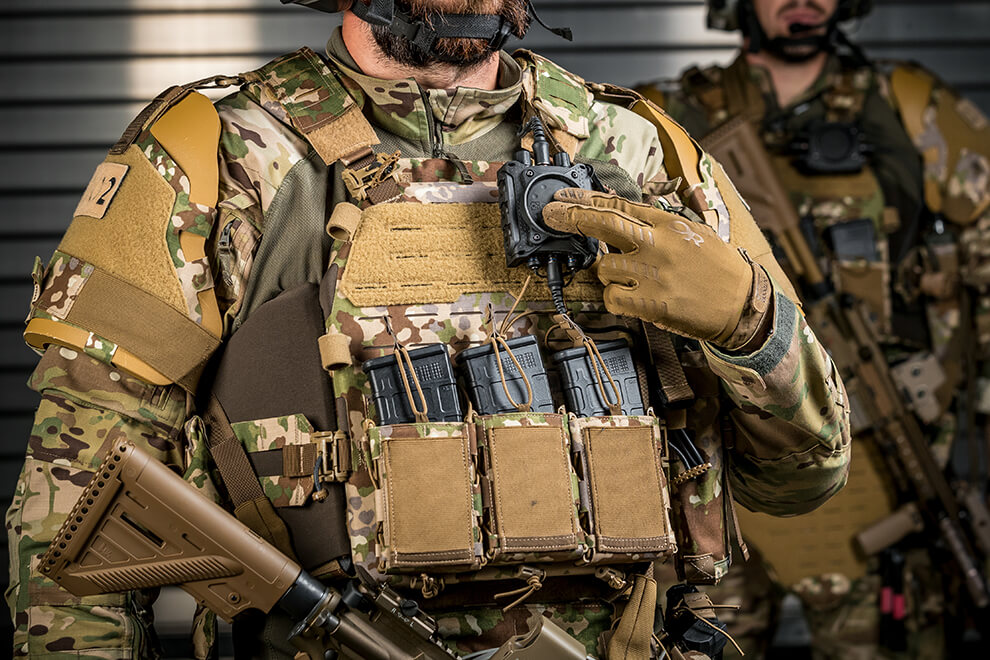
From paper to the field
Operators want to go into action outfitted with the best possible gear. But how do those who do the gear selecting make sure that what operators want is what operators get?
It starts with the selectors producing a tender document. When crafted with care and precision, this document provides a roadmap for manufacturers and suppliers to be able to marry the needs of operators with the finest available technology.
However, the tender by itself isn’t sufficient to ensure that this marriage takes place. This is where a hands-on product evaluation comes into play. Here, the gear is put through rigorous testing to prove it capable of performing under pressure in the field.
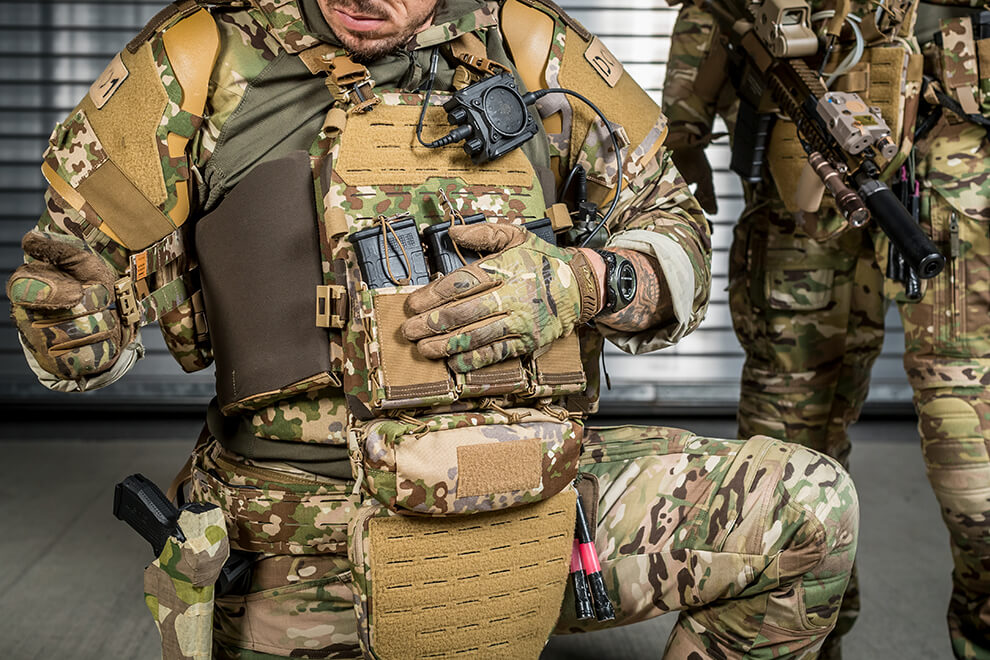
Striking a balance with market testing
Product evaluations conducted in controlled environments are useful in that they yield standardized benchmarks of equipment performance. However, controlled testing environments are devoid of the unpredictability surrounding actual operations. For this reason, savvy manufacturers evaluate their products in real-world scenarios, where their wares’ capacity for bearing up against situational unpredictability can be properly gauged.
Notably, though, the process of real-world testing is not without its challenges. Commercial spying is one such challenge. Competitors continuously strive to be the one to introduce the next big innovation, and the easiest way to do that is to engage in corporate espionage. They watch as technology advances and tactical gear becomes more refined, then they pounce.
Accordingly, manufacturers go to great lengths to conduct in-field evaluations away from the prying eyes of rivals to see what’s transpiring—not always possible to prevent, but striking a balance between testing in the open and protecting intellectual property is clearly vital.
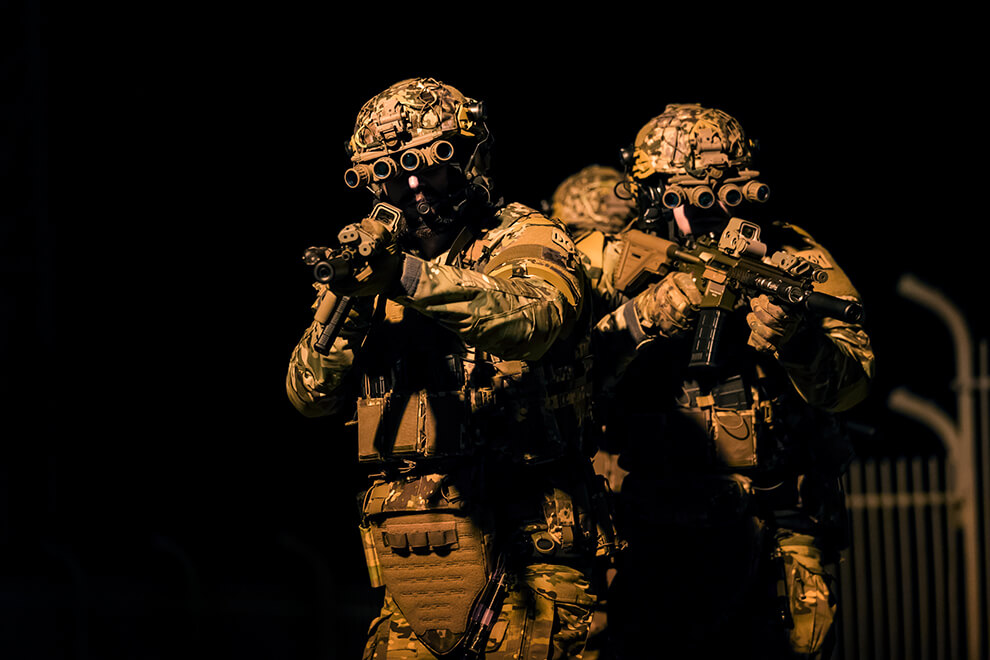
The promise of authenticity with in-house testing
For organizations with the resources and budget, the solution is to move from in-field evaluating to in-house testing. This can be a transformative move, especially if the gear undergoing testing involves ballistics.
The investment in in-house testing allows a ballistics product manufacturer to create a fully customized environment dedicated to just one thing: evaluating the efficacy and reliability of ballistic products. By having its own testing environment, the ballistics product manufacturer can meticulously monitor and control temperature and all other conditions and variables to ensure that each test is consistent and accurate.
The standardized procedures and conditions for testing are maintained whether conducted In-House or at third-party facilities, hence there isn't a significant difference in that regard. However, conducting the tests In-House provides the advantage of expedited results and cost-effectiveness.
These advantages hold significant value as they not only foster trust through rigorous in-house testing of a product, but also allow for an interactive experience where gear selectors and end-users, including customers, can be present on-site during the testing phase. This on-site involvement enables them to witness firsthand the performance and reliability of the equipment, ensuring it meets the promises made. Consequently, all parties involved can have heightened confidence in the thorough vetting and anticipated performance of the product.
In essence, with in-house ballistic testing, organizations are not just buying protective gear; they're investing in peace of mind.
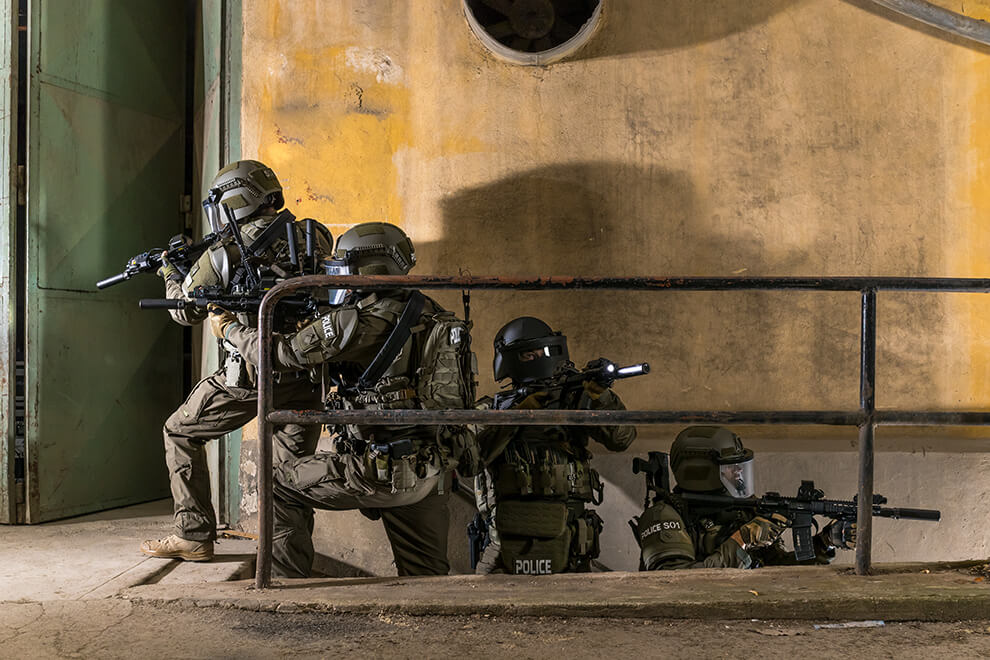
The complex landscape of international ballistic standards
Diverse standards for ballistic protection equipment exist in the world and this complicates the job of selecting appropriate gear. Each region has its own standards or collection of standards which reflect the unique threats likely to be encountered within that geographic area. For example, the common threats underlying European standards are not necessarily the same as those of Asian standards.
These variances pose challenges for organisations operating internationally. Equipment that meets one country's standards might be inadequate or excessive for another’s. The consequences of this are potential safety risks and/or unnecessary costs. The problem is exacerbated when suppliers from different regions compete.
Since there is no universal ballistic standard, it is therefore incumbent upon agencies to demand rigorous testing to ensure that the gear they are considering purchasing provides the necessary protection, irrespective of the certified standard the label indicates it meets.
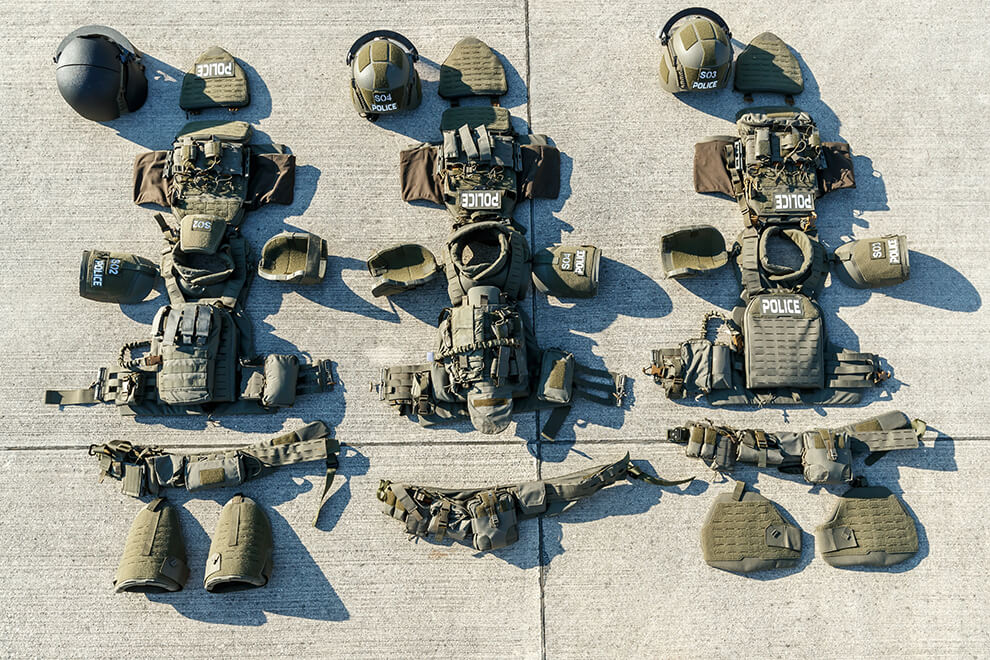
Staying grounded in threat assessment
Thanks to the gruelling training they undergo, tactical operators seldom if ever flinch in the face of a fluid, unpredictable situation. They are conditioned by their training to see things through a pragmatic, practical lens—an essential skill for those who so often find themselves on the front lines of defence and law enforcement.
This pragmatism can be seen in the choices they make regarding equipment. Typically, they choose gear designed for use at both ends of the threat spectrum. However, therein lies the rub. On one hand, operators consider it paramount to be adequately equipped for potential high-threat situations, rare though such occurrences might be. On the other hand, operators invest considerable stock in the need to be outfitted with gear meant for use when mounting a response to less dramatic threats, those that that occur with some regularity and constitute the bulk of their operational environment.
Balancing these two is as delicate a task as it is critical. Focussing too much on either end of the threat spectrum can produce inefficiencies, vulnerabilities, or even unnecessary risks. For instance, over-preparing for rare threats might mean being weighed down by equipment that isn't necessary for daily operations. Conversely, gearing up only for common occurrences might leave operators ill-prepared for that one catastrophic rarity of an event.
To thread this needle, a robust and in-depth threat assessment should be performed. It provides operators with a comprehensive understanding of the risk landscape, allowing them to prioritize training and resources effectively. By constantly reassessing and adapting to the evolving nature of threats, tactical operators can ensure they are always at their best, ready to protect and serve.
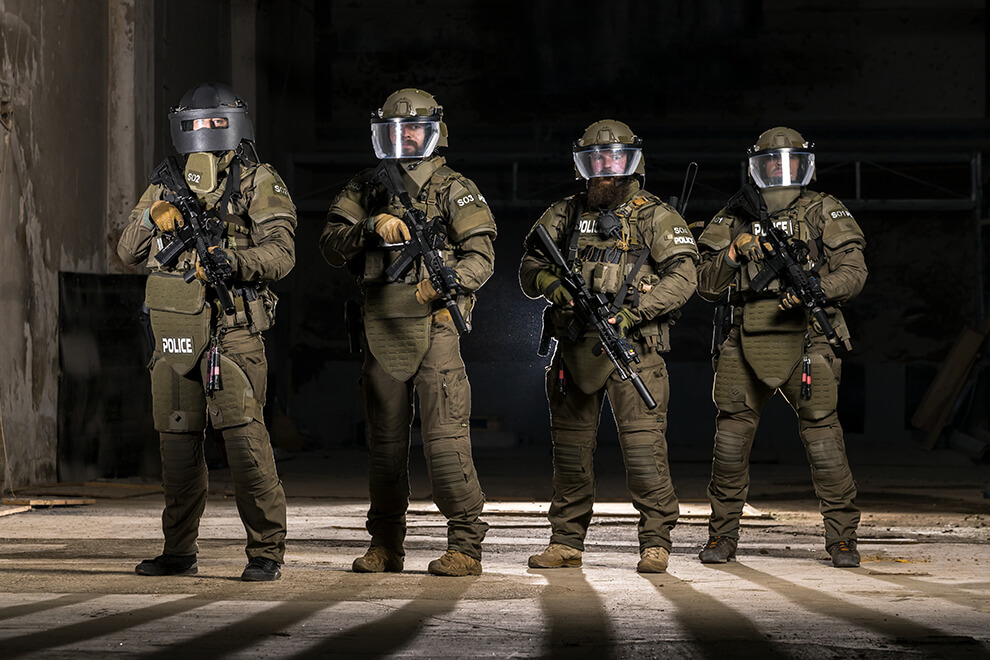
Conclusion
The world of tactical operations is in a state of constant flux. As threats evolve, our methods of protection must advance in tandem. Comprehensive ballistic testing and in-depth threat assessments are not just processes but commitments to the safety of those on the frontlines. For everyone involved in this crucial sector, the call to action is clear: stay engaged, stay updated, and prioritize genuine safety over all else. The weight of the responsibility is immense, but the outcome—safeguarding lives—is well-worth the effort.

